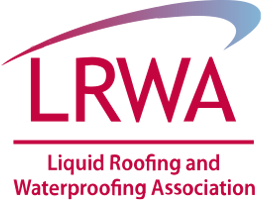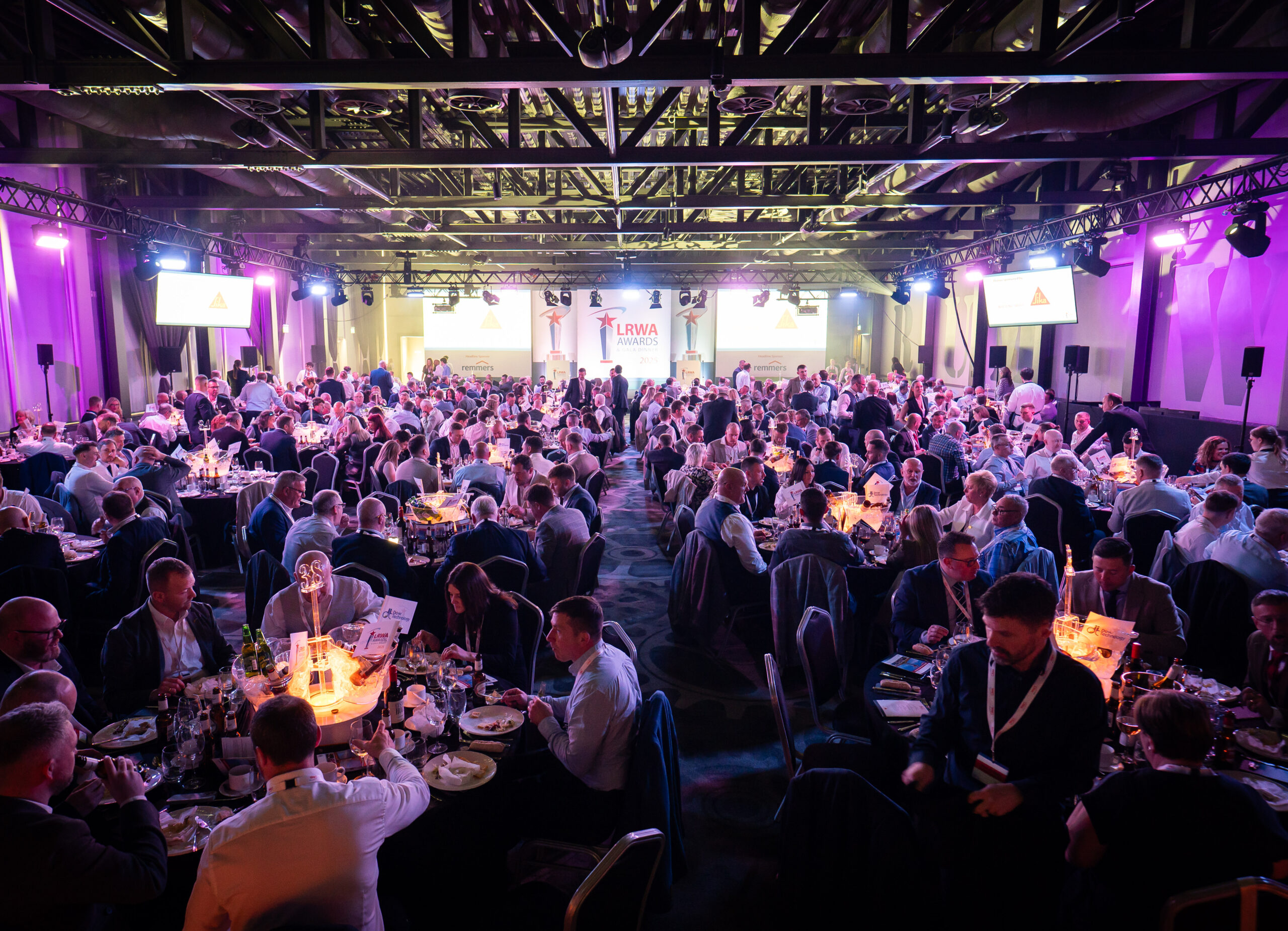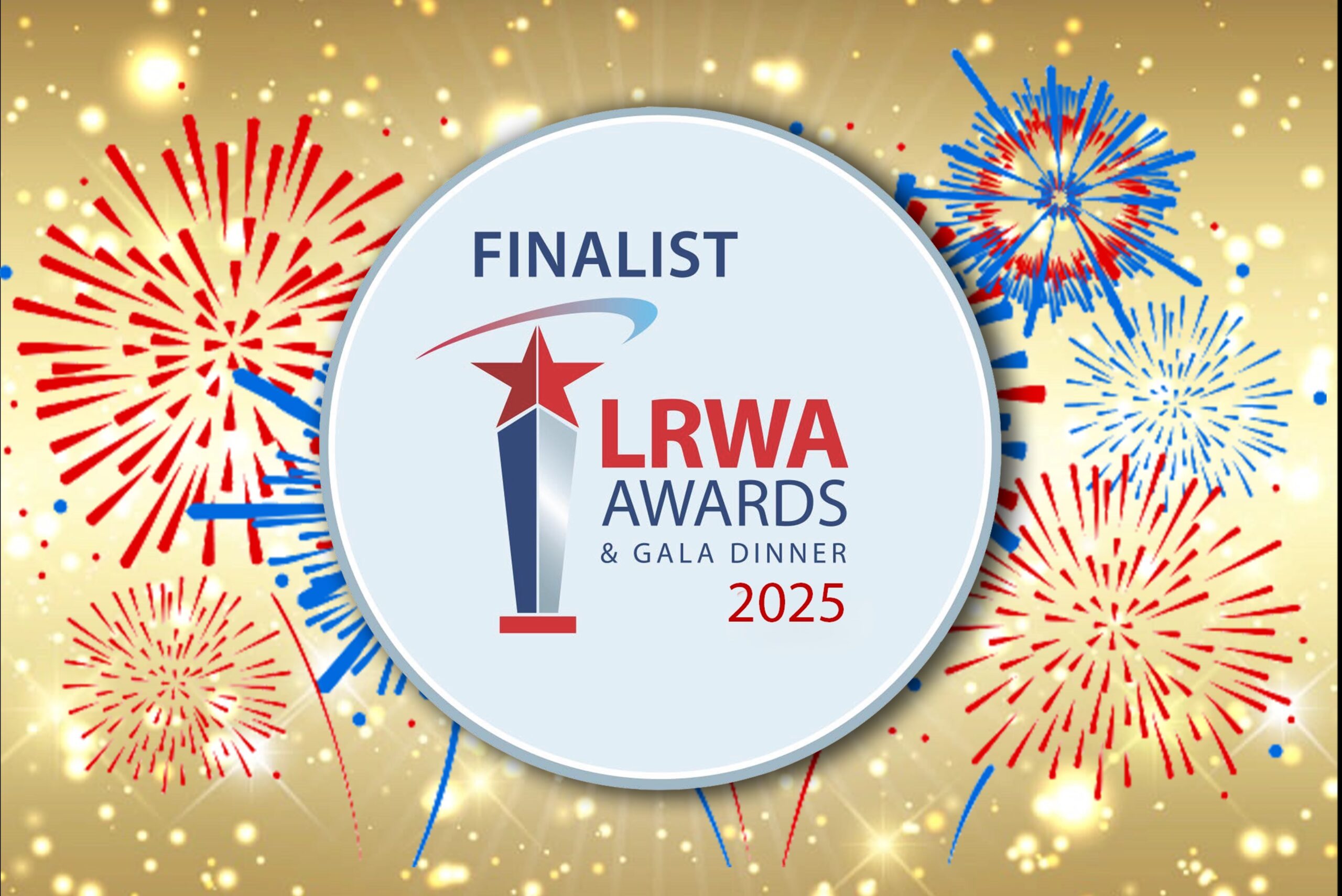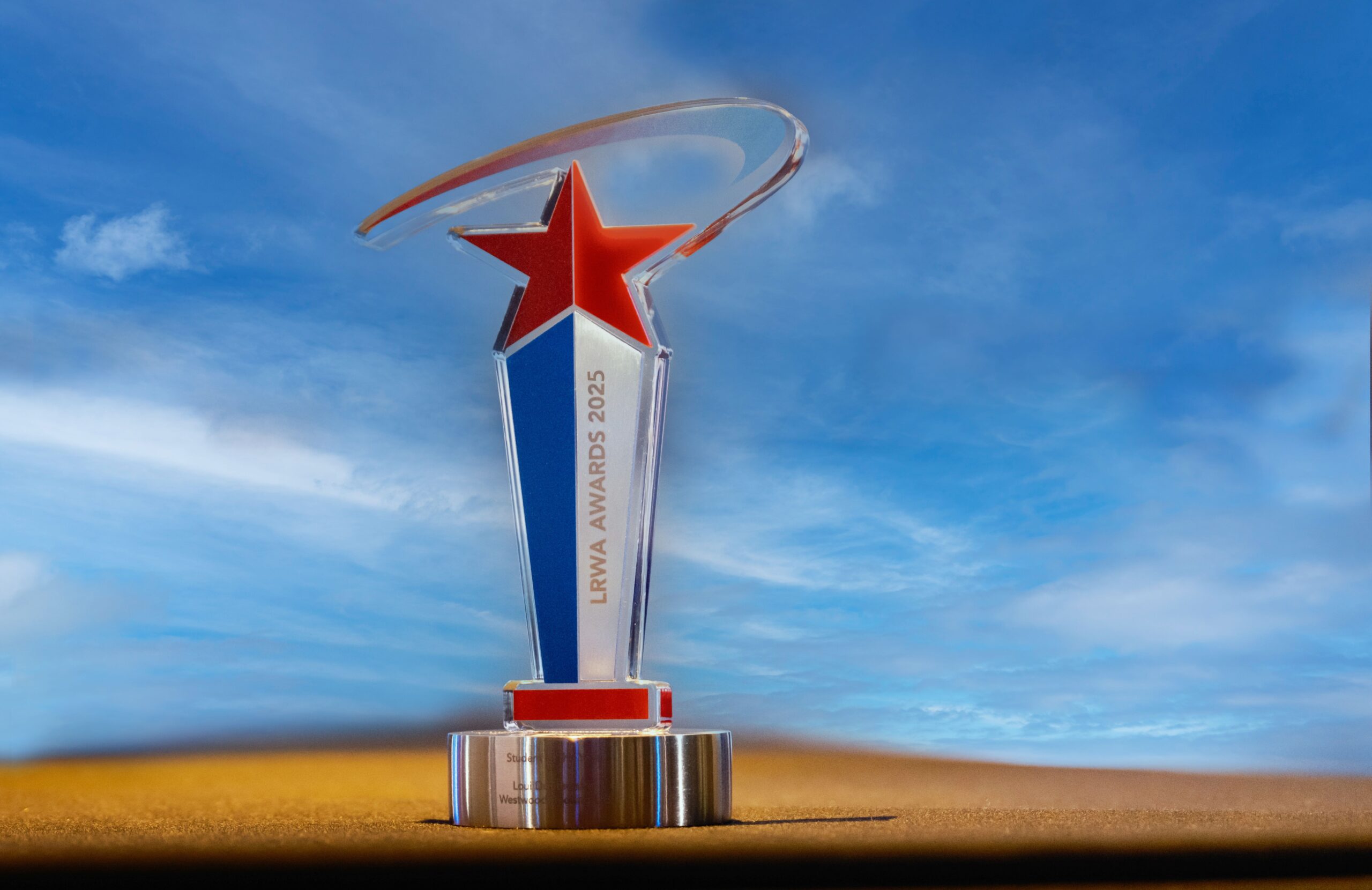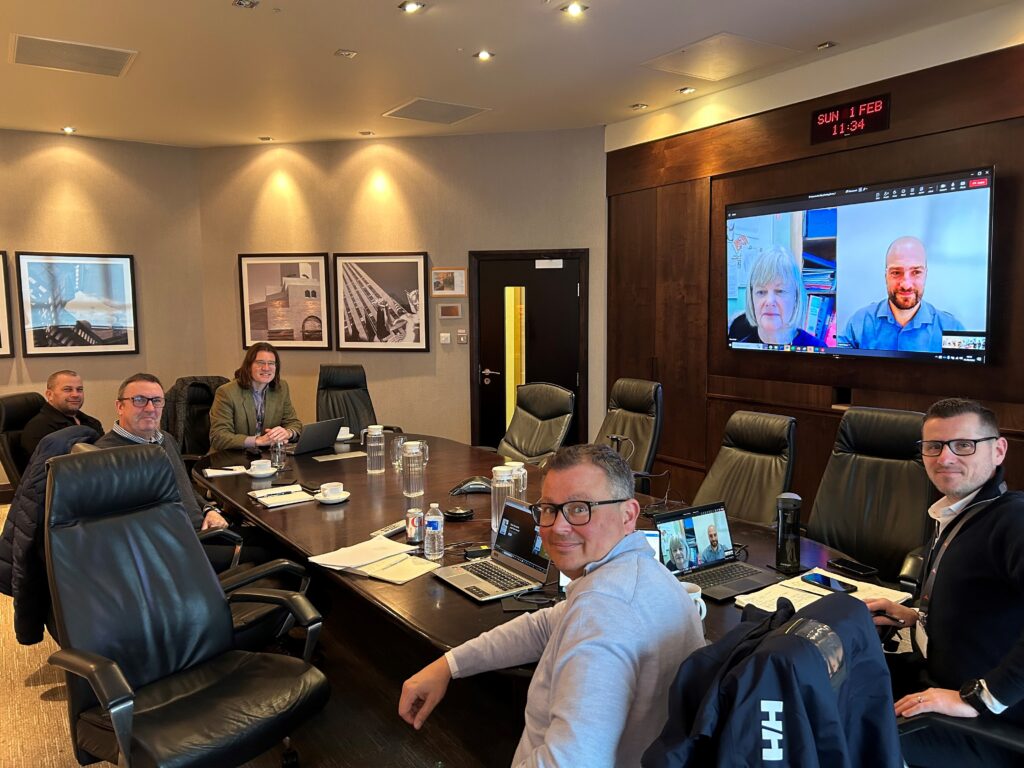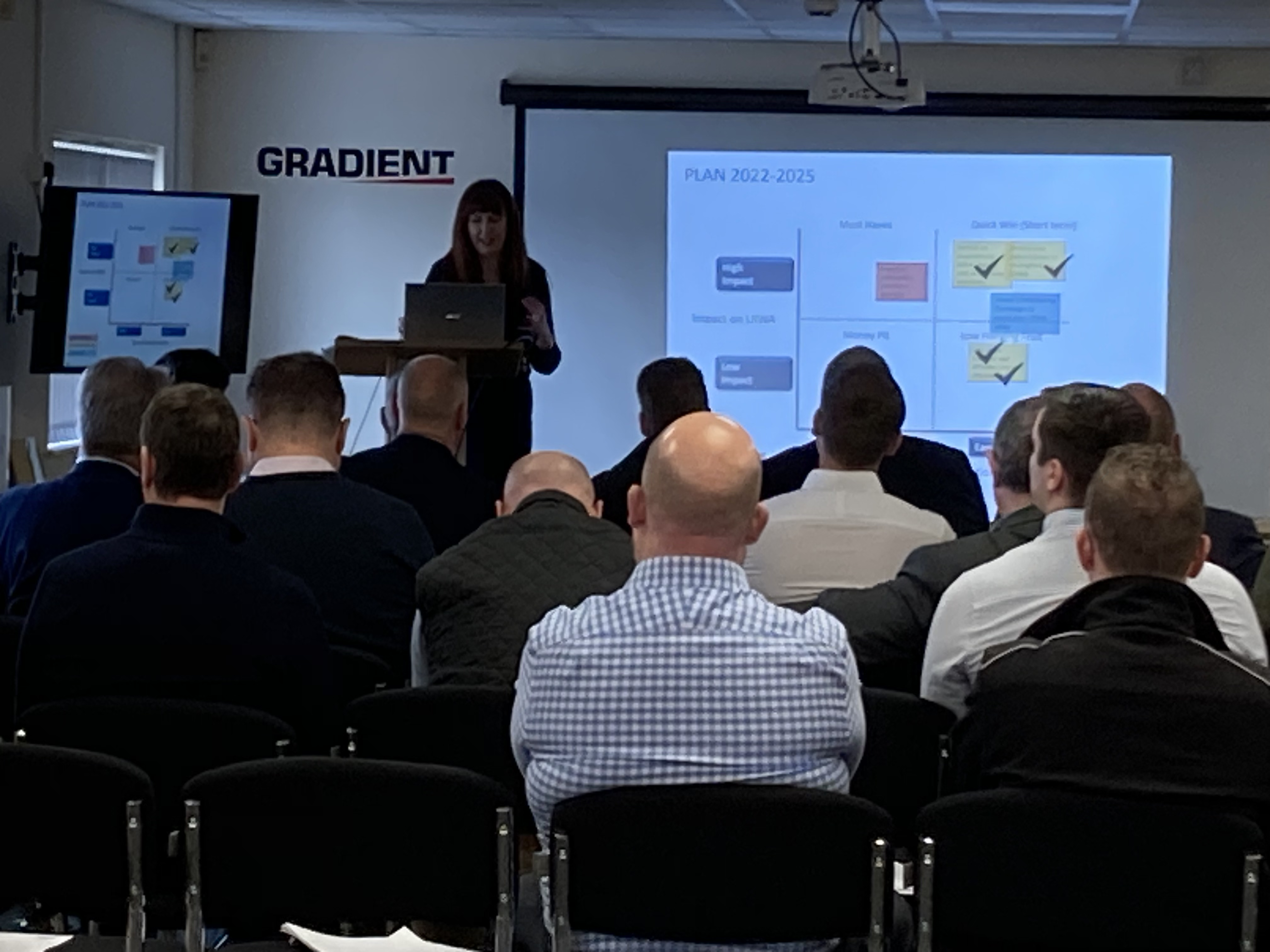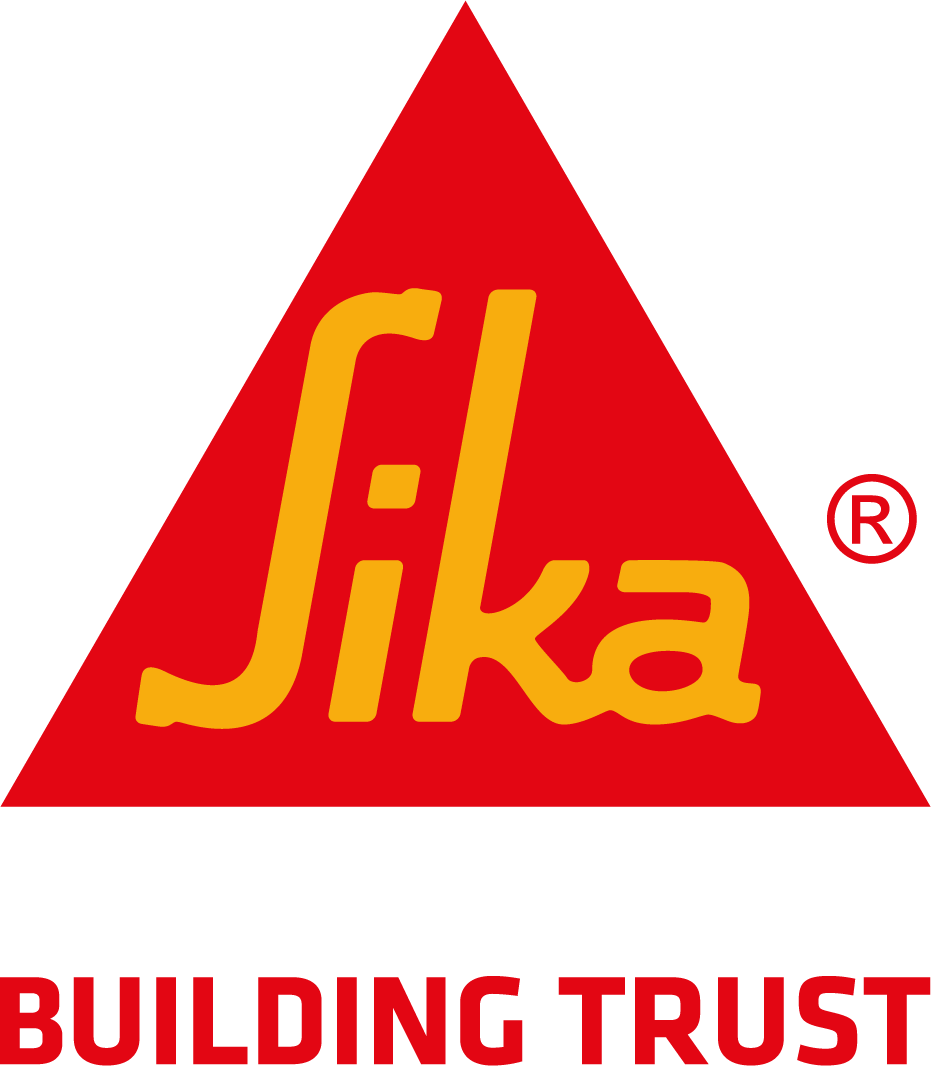LRWA
Blue roof systems
Blue roofs are an innovative and increasingly popular method for managing stormwater in urban environments.
You are here:
- Home
- Technical
- What are liquid applied membranes
- Blue roof systems
- Blue roof systems
Blue roofs are designed to temporarily store rainwater on rooftops, which can then be gradually released or repurposed for non-potable uses. Unlike traditional roofs that quickly channel rainwater away, leading to potential flooding and overburdened sewer systems, blue roofs manage rainwater at its source. They can be implemented on both new buildings and retrofitted onto existing structures.
- How do blue roofs work?
The basic principle of a blue roof is simple: capture and control the release of stormwater. Blue roofs typically consist of a waterproofing layer, a drainage layer, and a system of controls to manage water flow. Here are the main components and functions:
- Waterproofing Membrane. This layer ensures that the collected water does not penetrate the building structure, protecting it from water damage.
- Detention and Drainage Systems: These include controlled-flow drains, detention basins, or trays that temporarily store water. The system can be designed to release water slowly over time, mimicking the natural infiltration process.
- Monitoring and Control Devices. Advanced blue roof systems may include sensors and automated controls to optimize water release based on real-time weather data and storm forecasts.
- Blue roof system in detail
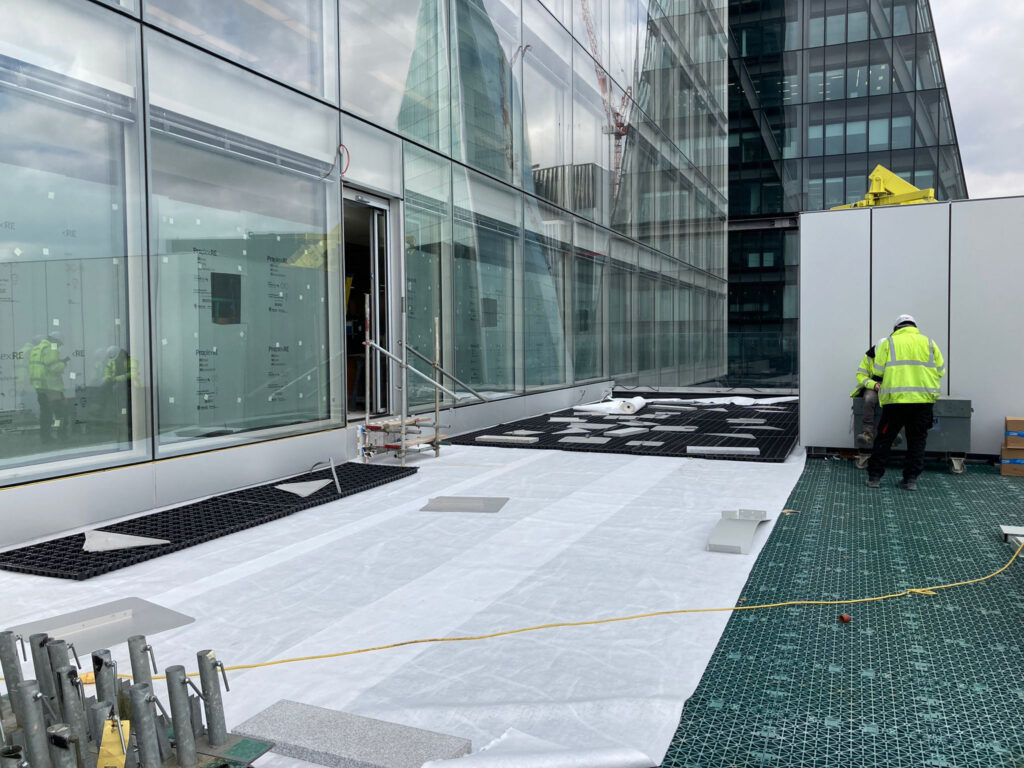
- Blue roof systems - the benefits
- Flood Mitigation: By temporarily storing rainwater, blue roofs reduce the immediate runoff, decreasing the risk of flooding in urban areas. This helps to prevent overloading sewer systems and reduces the likelihood of combined sewer overflows, which can pollute waterways.
- Water Conservation: Stored rainwater can be repurposed for various non-potable uses such as irrigation, toilet flushing, and cooling tower make-up water. This reduces the demand on municipal water supplies and promotes sustainable water use.
- Urban Heat Island Effect Reduction: Blue roofs can help mitigate the urban heat island effect by cooling the air through evaporative processes. The stored water on the roof absorbs heat, which can significantly lower temperatures in densely built-up areas.
- Economic Benefits: Implementing blue roofs can result in cost savings by reducing the need for expensive stormwater infrastructure improvements. They can also extend the lifespan of roofing materials by protecting them from the thermal stress caused by rapid temperature fluctuations.
- Enhanced Biodiversity and Aesthetics: Some blue roofs incorporate green roof elements, such as vegetation, which can enhance urban biodiversity, provide habitats for wildlife, and improve the aesthetic appeal of buildings.
- Useful links
- Members area
- Join LRWA
- Latest news
- Latest events
No events found
- Latest vacancies
Listed below are the latest jobs posted by our LRWA members.
There are no vacancies available at the moment please check again soon.
